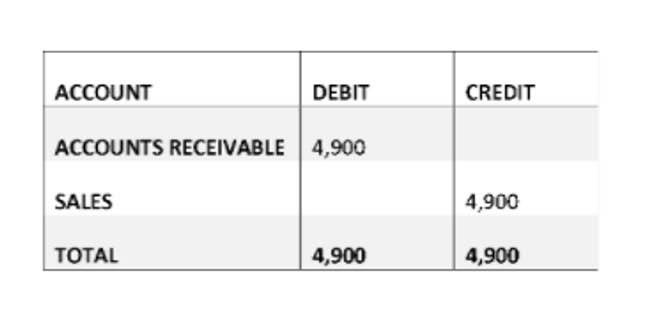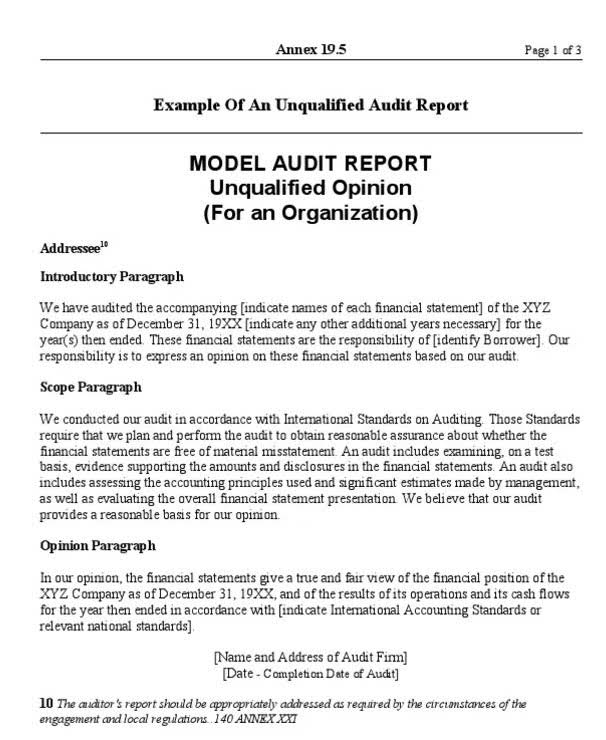Tax and GAAP Updates for Nonprofits

The concept of useful life refers to the estimated duration over which a fixed asset is expected to provide economic benefits to a company. Fixed assets remain on the statement of financial position as GAAP for Nonprofits an unexpired cost that is reduced each reporting period by a depreciation expense, based on its value and useful life. Recipient organizations, especially non-profits, benefit from tax-exempt status, allowing them to receive donations without incurring tax liabilities.

Donor management integration
- Conditional Grants are funds provided to an organization with specific requirements that must be met before the organization is entitled to the funding.
- Moreover, multi-year grants can ameliorate the pressure of annual fundraising efforts by providing a reliable funding source.
- Donated assets should be recognized when the organization gains control over them, which may not always coincide with physical receipt.
- However, now the regulations subdivide building property into nine different “building systems”.
- This method is straightforward, and probably the easiest to understand and maintain, which is why it’s common in small nonprofits.
By staying up-to-date and connected, non-profit accountants can contribute ledger account to the financial stability and long-term success of their organizations. Non-profit accountants can benefit from engaging with professional associations, participating in training programs, and utilizing the wealth of information available through online platforms and websites. External audits offer valuable insights and recommendations for improving financial practices and internal controls.
Top 5 Depreciation and Amortization Methods (Explanation and Examples)
In Year 2, the organization will record $100,000 as expenses, since Year 2 is when the cash is paid, and will have $0 revenues. By aligning operational goals with the anticipated lifespan of assets, businesses can optimize resource allocation, prevent unexpected disruptions, and minimize the risk of unforeseen expenses. In general, effective financial management is vital for non-profit organizations in Canada to fulfill their mission and sustain their operations. In fact, understanding and adhering to legal and reporting requirements is essential for non-profit organizations in Canada.

Required Financial Statements
Understanding how nonprofits allocate money across programs is a good way to see how your donation will be spent. It’s also smart to figure out whether the organization made any recent major changes to its programs or mission. Some nonprofits are structured so you can donate to either a 501(c)(3) or a 501(c)(4). For example, you can donate to the ACLU, a 501(c)(4), to support its lobbying and advocacy activities, but you won’t be able to deduct it on your taxes. Or, you can make a tax-deductible donation to the Medical Billing Process ACLU Foundation, a 501(c)(3), to support litigation and public education initiatives.

To justify such increases, ensure these expenses align with your mission and demonstrate a measurable impact. While your nonprofit may often strive to minimize overhead, these expenses are key for sustaining daily operations and enabling growth. These include administrative, operational, and fundraising expenses—such as staff salaries for support roles, office rent, and donor outreach efforts. With this statement, your team can pinpoint where funding is coming from and determine if there’s enough cash available to cover expenses on time.

